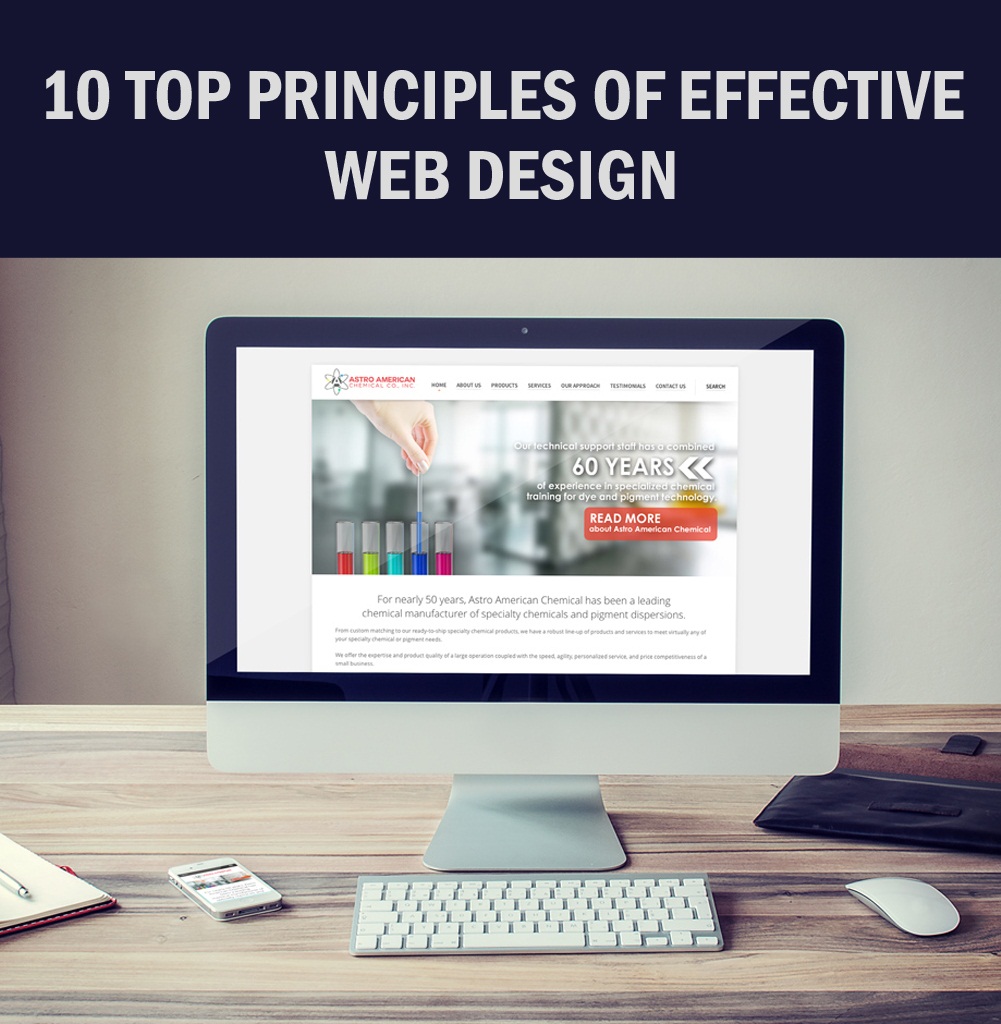The success of a website is highly dependent on the design of the site, and it is the browsers of the website determine whether the website is good or not. Website owners always have to take many considerations before opting for a particular website design, but apart from design, the accomplishment of a site depends on its function and usability.
A site with an interesting interface with simple yet detailed functionality will have a better unit in Google Analytics metrics while the poor site will fail miserably. An owner of a website should design their site in such a way so that user should get impressed by its interface and spend more time on website exploring its utility. Most of the visitor only looks at the highlighted text, and they go through the parts that excite them. The following points will depict top 10 principals of effective web design:
1. Purpose –
Every website comes with a certain purpose like the review, shopping, entertainment, news, etc. So an owner should create every page in such a way that they should clearly serve the purpose and cater the need of the user in a helpful way.
2. Communication –
Contents of the website should be clear and straightforward so that user can communicate properly. The significant tabs or information should always stay in the limelight so that the user can catch them quickly.
3. Typefaces –
Fonts of a website are a major factor the and the designers have to choose the right font to get an active internet site. Verdana and Arial fonts with 16px size are the conventional font choices as they are simple to read.
4. Colors –
Wrong use of color in the website can destroy a whole website until and unless it is for some official purpose. A designer should use standard color palette so that user can soothing experience while browsing.
5. Images –
Pictures are critical for a website and providing relevant pictures on the site can enhance the visit from users. A proper usage of videos and infographics is an effective way of designing, and it makes the site more appealing.
6. Navigation –
All the tabs should be placed in such a way that users can easily find their desired function or information. Using breadcrumbs, page hierarchy, three click rule and clickable technique can be helpful.
7. Grid Based Layouts –
Placing contents and tabs in the grid-based layout is the best and easiest way to have better communication. Sections, boxes, and columns are used for placing materials that exhibit an effective and straightforward outlook.
8. Pattern Design “F “ –
People always tends to look at the left and top of a website rather than looking at the right. So designers should maintain “F “pattern so that the site can communicate properly with the user.
9. Load Time –
A web designer and developer should always use optimized methods, which will cause low load time. Developers should use the combination of JavaScript or CSS with optimized pictures and magnification technique.
10. Mobile Friendly –
Nowadays, most of the people access websites from different devices like computer, mobile, tablet, etc. So it is important to use an approachable layout, which will allow the site to resize itself dynamically depending upon the screen size of device.
If a site designer can follow the above principles then there is huge chance that the website will gain a lot of popularity and will have a better unit in Google Analytics metric.


